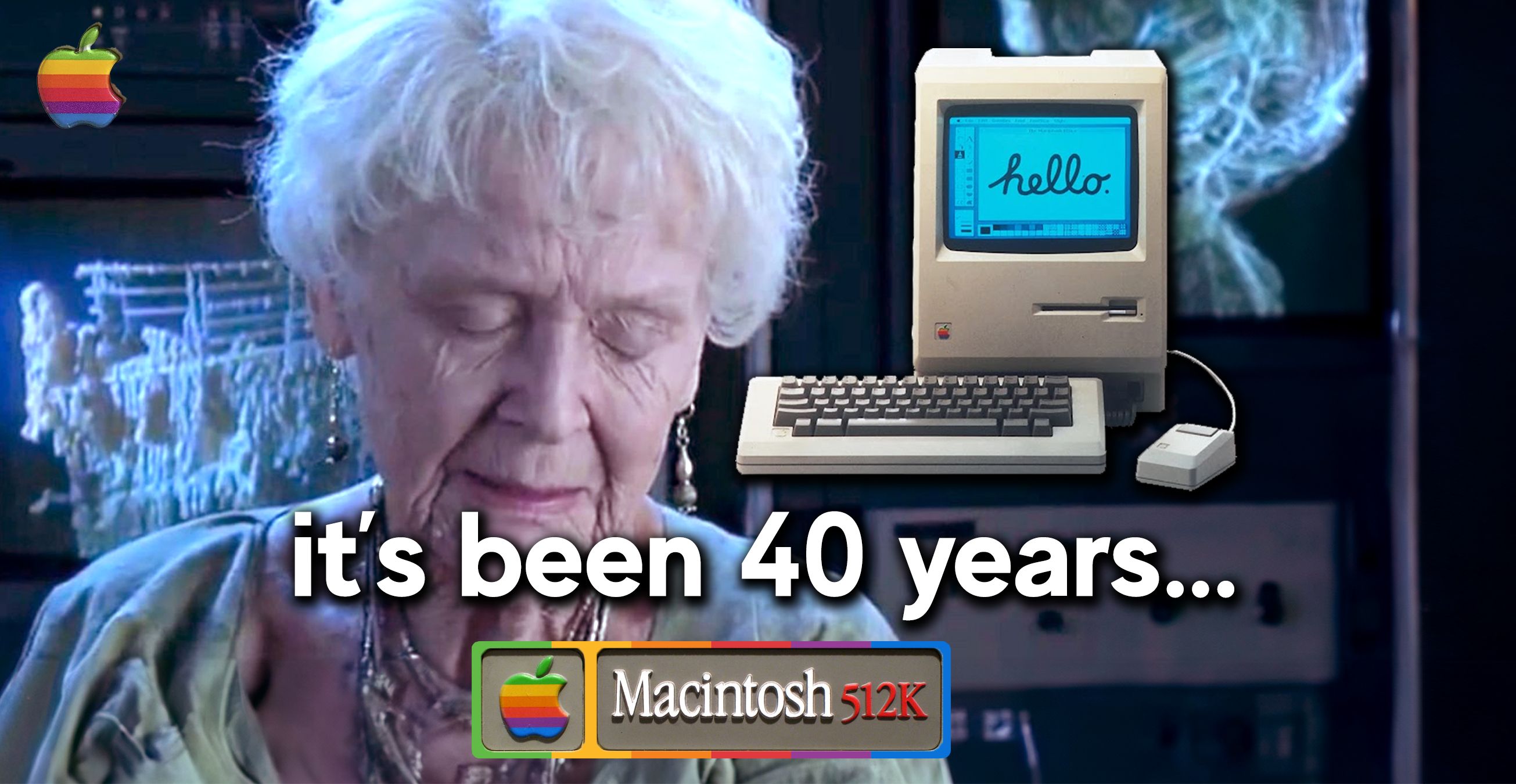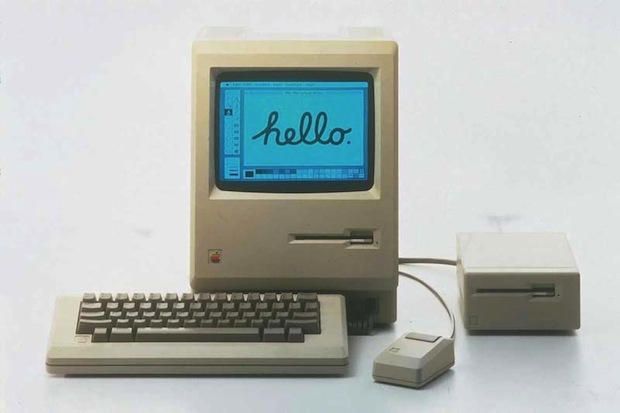
The Fat Mac Turns 40: A Tribute to Apple’s First Icon
Either you have one, or you know somebody that has one…
Apple products are the focal point of many people's lives. In particular, our MacBooks: They have become a natural component of our daily routines, acting as an essential tool for work, creativity, communication, and entertainment.
But before the refined laptops and simple designs we know today, a large but ground-breaking device was created that served as the model for Apple's now renowned computer series: the original Macintosh. Its narrative tells of creativity, boldness and the beginning of a technological revolution that forever changed how we interact with technology.
Unveiling the Fat Mac
The Macintosh holds a significant place in the history of personal computing, representing a milestone in Apple's journey towards revolutionizing the industry. The original version, simply called the “Apple Macintosh”, was named after Jef Raskin’s favorite type of apple, and released in January of 1984. Following its release 8 months later, its 128KB memory was expanded to 512 KB, rebranding the new version to the “Fat Mac”, and calling the older version the “thin mac”! This new memory expansion allowed for greater multitasking capabilities and improved performance, as well as the opportunity to store more files and data, making the Fat Mac a more versatile and powerful computing platform. This increased the Macintosh's job capability and expanded its appeal to users across a wide range of industries and applications.

Navigating Challenges
Even though Steve Jobs' initial sales projections for the thin mac were exceeded, Apple had a good reason to release the 512K Mac quickly. Rather than the anticipated 50,000 sales of the thin mac, Apple sold 72,000 of them in the first 100 days. The thrill of having a new product alone caused the first generation of Mac buyers and loyal Apple followers to happily put up with an underpowered computer. However, sales of Macs stopped after these buyers purchased their computers. To solve the first-generation Mac's recognized shortcoming - its lack of internal memory - Apple needed an upgrade.
Apple struggled with this, especially while trying to break into the commercial market, which at the time was controlled by IBM computers. Businesses benefited by tools like Microsoft Excel, which was first only compatible with Macintosh computers, but for Excel to function at its best, a computer with more power than 128KB was required. Many other third-party developers were also affected by the Mac's RAM (random access memory) limitation.
Breaking Boundaries
Andy Hertzfeld's Switcher program transformed the Fat Mac by enabling it to run up to four programs simultaneously, a pioneering concept we now call multitasking. This feat was achieved by dividing the 512K memory into four distinct 128K modules, effectively providing users with the functionality of four separate computers in one, each dedicated to running a single program. Prior to this innovation, multitasking was largely confined to the business-focused Lisa model within Apple's lineup, also considered Apple’s most influential failure to date and an essential stepping stone to the Macintosh.
Additionally, the introduction of the Mac 512K coincided with the debut of Apple's LaserWriter printer, which bolstered the Macintosh's reputation as a serious contender in the business realm. Despite Apple's emphasis on catering to the business market, the Fat Mac's inability to undergo significant upgrades limited its appeal beyond its initial release. Priced at $3,195, the Fat Mac commanded a premium of around $700 over its predecessor, the Macintosh 128K. It was eventually succeeded by the Macintosh 512Ke, which featured an upgraded 800K floppy disk drive, enhancing its storage capabilities.
Bidding Farewell
In 1986, after selling hundreds of thousands of units, The Fat Mac was ultimately discontinued. Apple kept up its innovative streak, releasing new versions with even more sophisticated capabilities, and continuing the iconic “Mac Classic” line of computers. Nevertheless, its influence persisted, helping to establish Apple's dominance in the personal computer industry and opening the door for future Macintosh models.
The Fat Mac is still regarded as a cherished and iconic part of computing history today, adored for its innovative features, ground-breaking design, and significant influence on the direction of technology. Its influence is still felt in the computer industry, reminding people of the creativity and passion of innovating that characterize Apple and its products.
Find mounts for your prized apple possessions here.